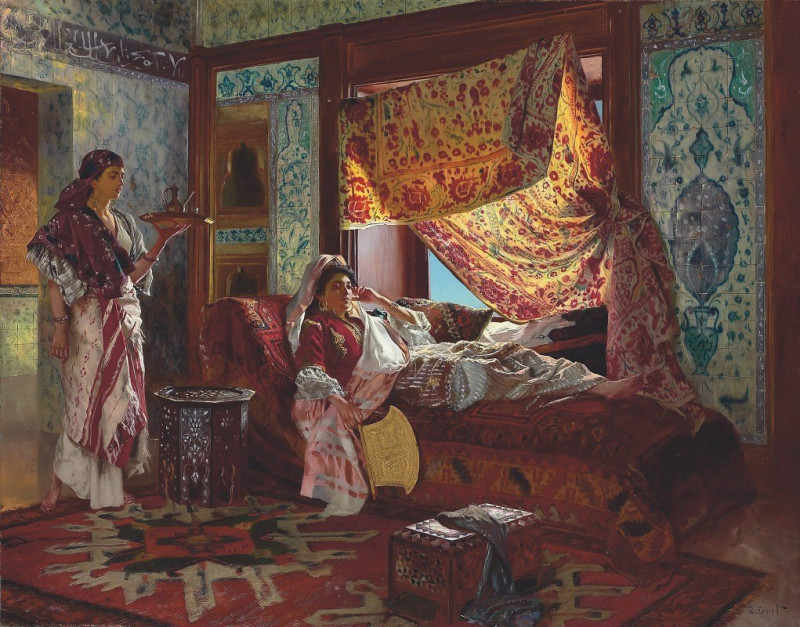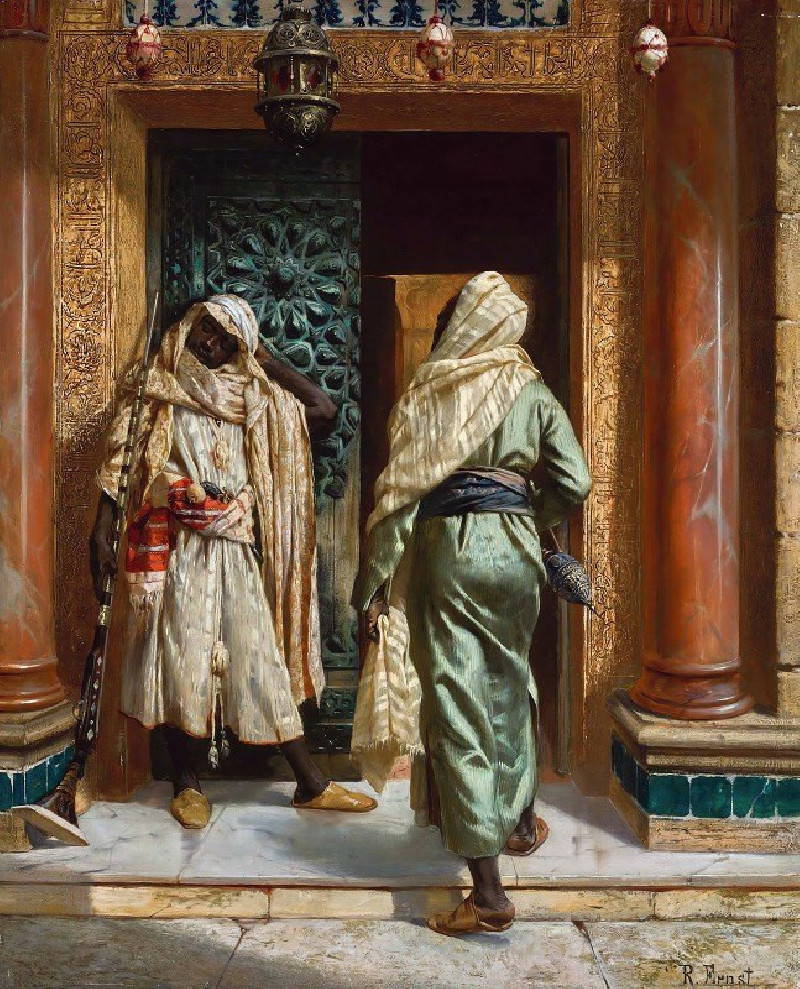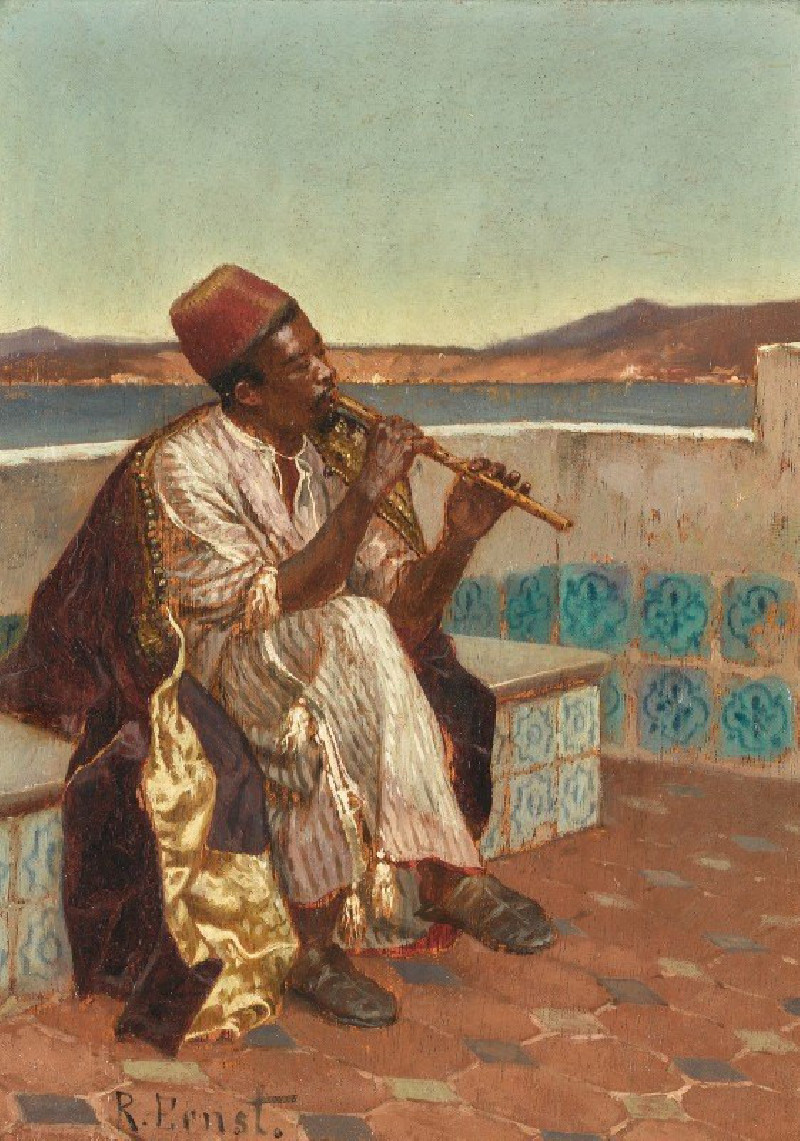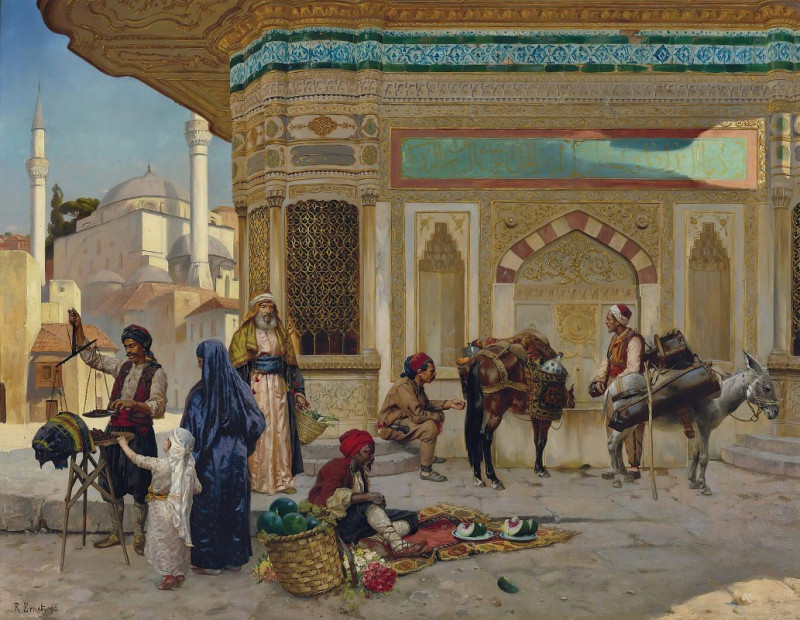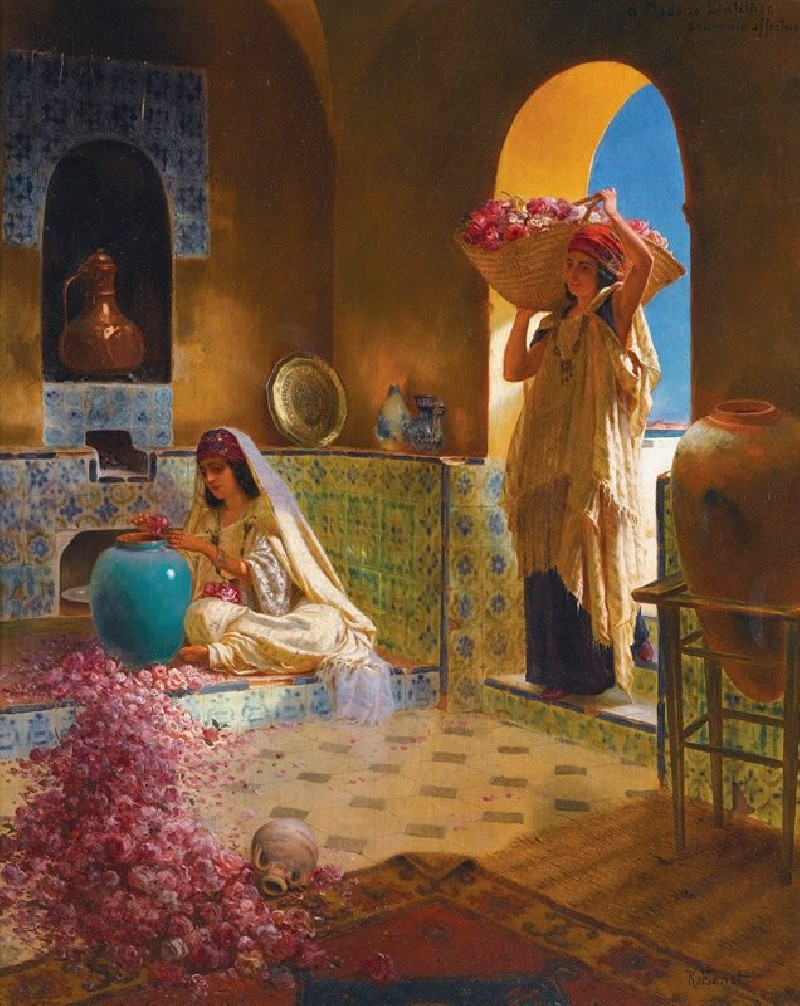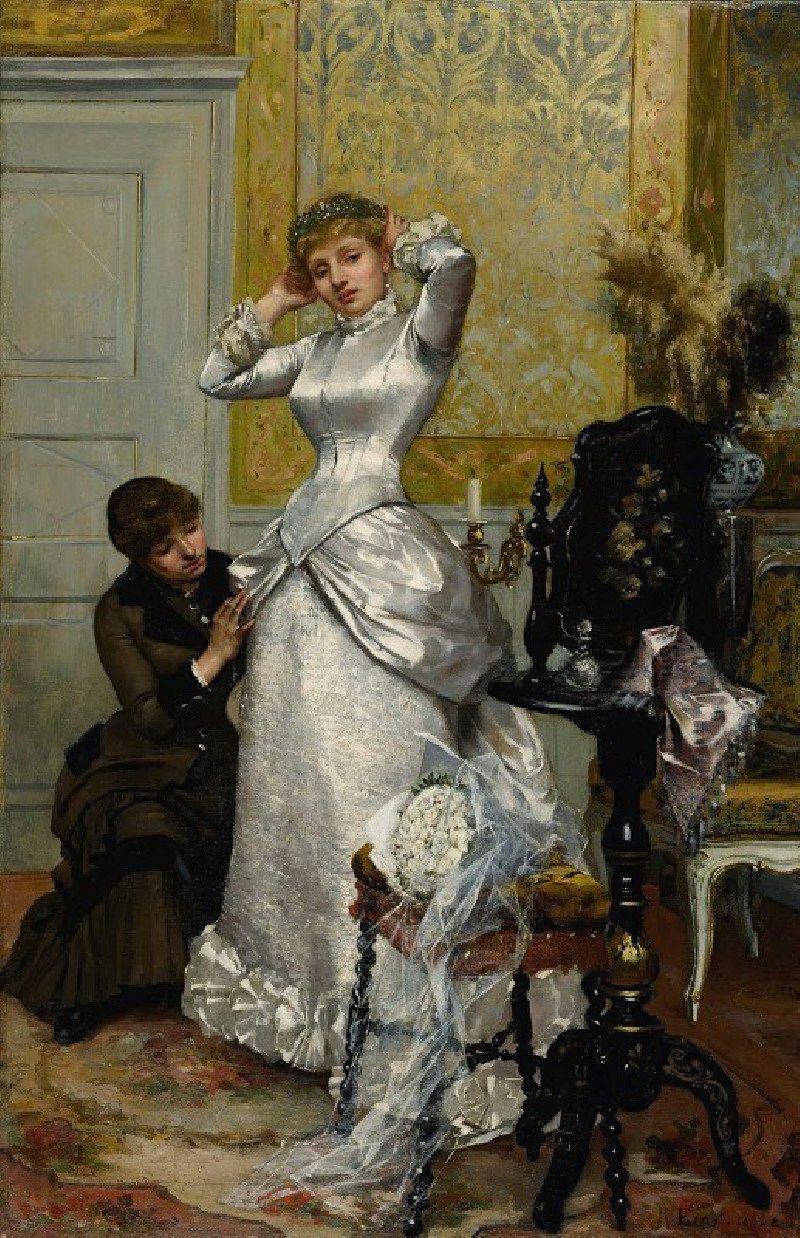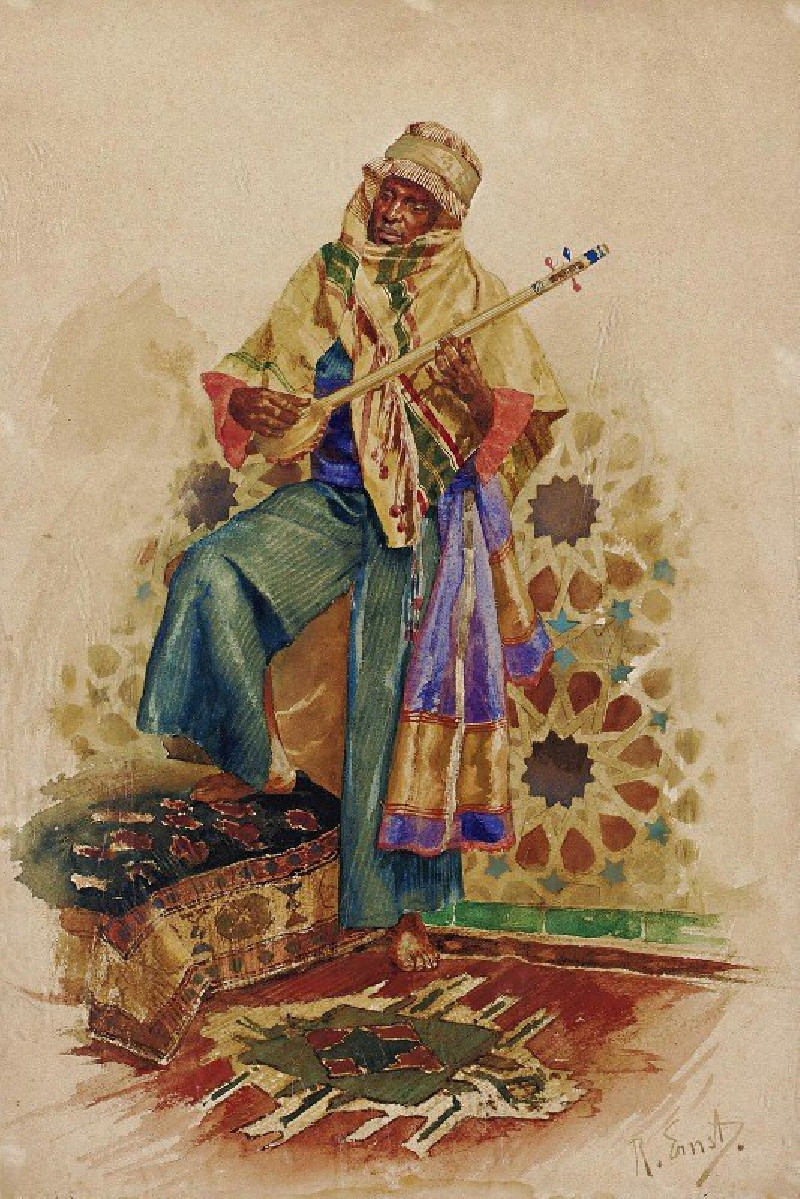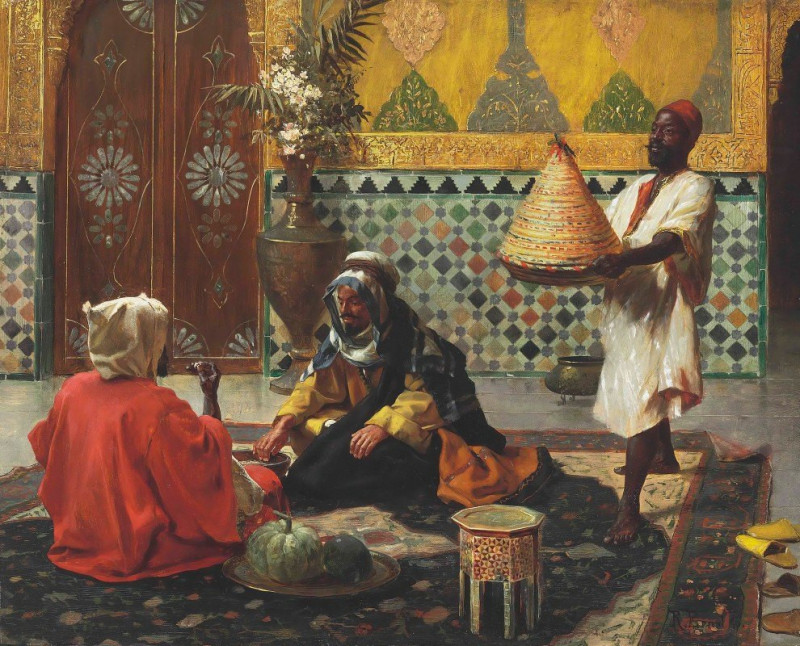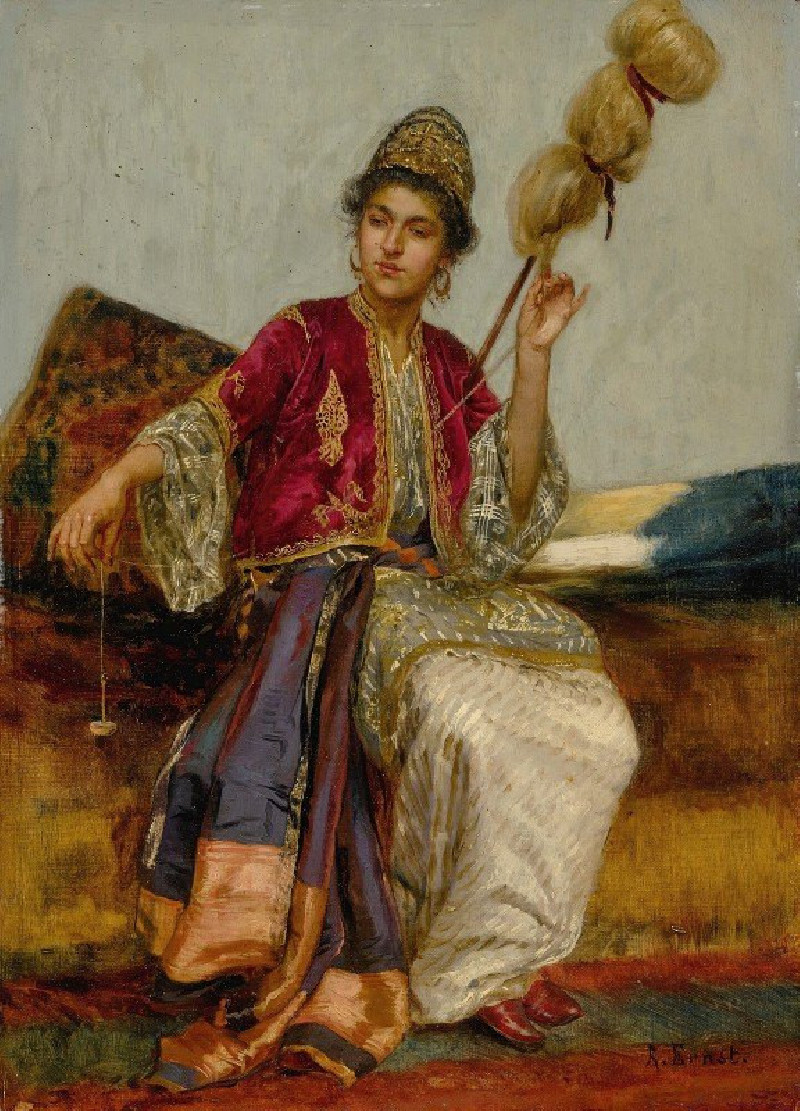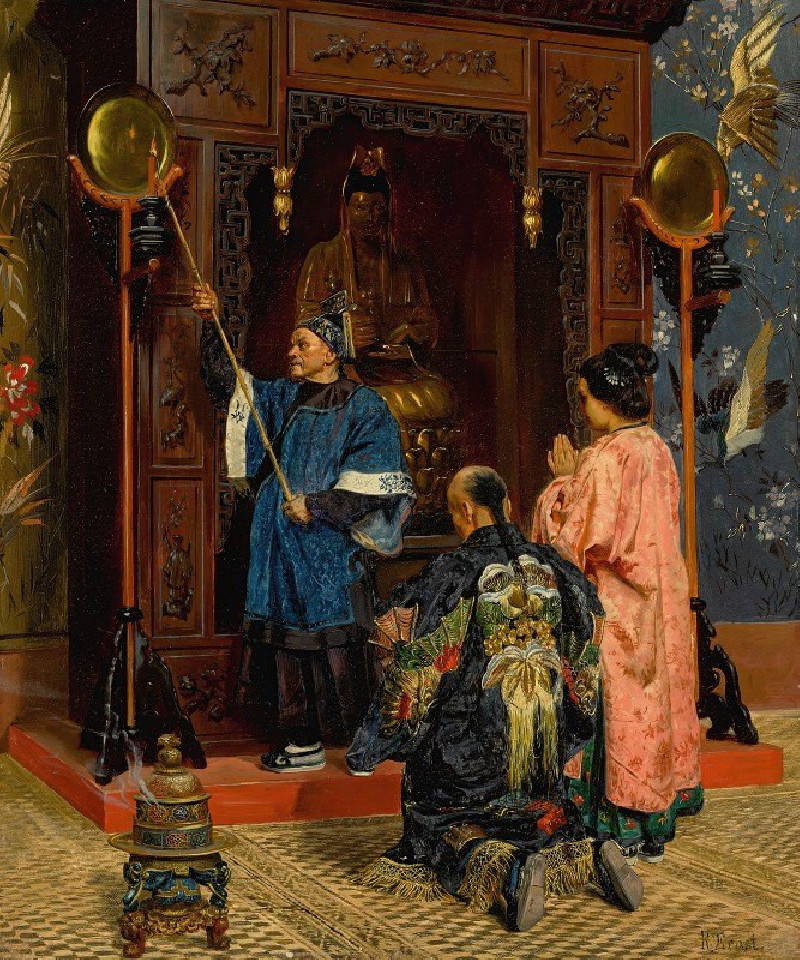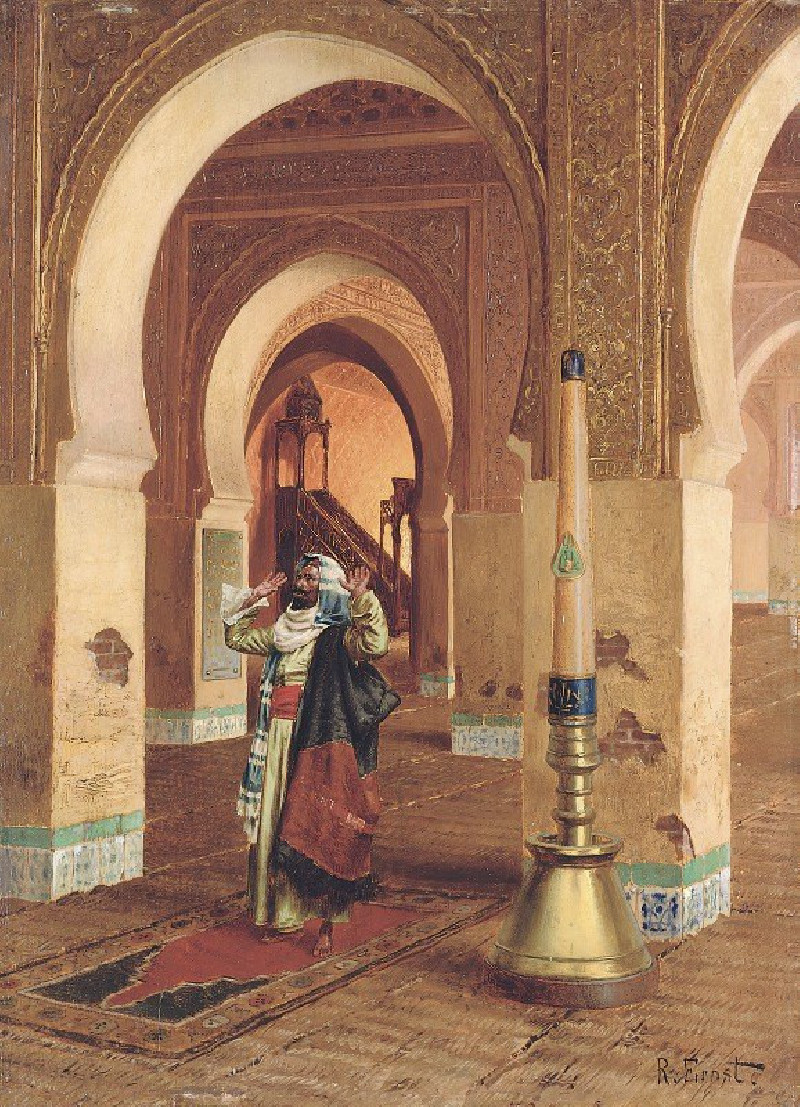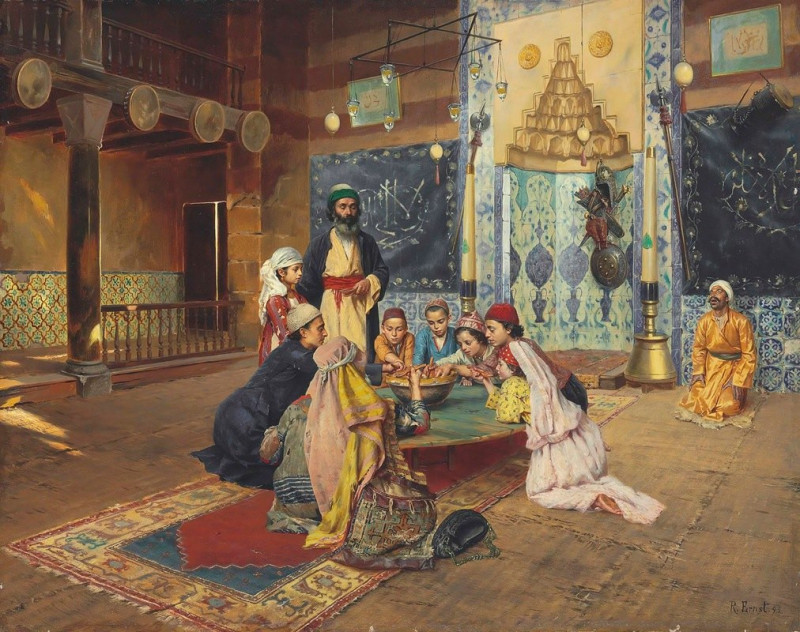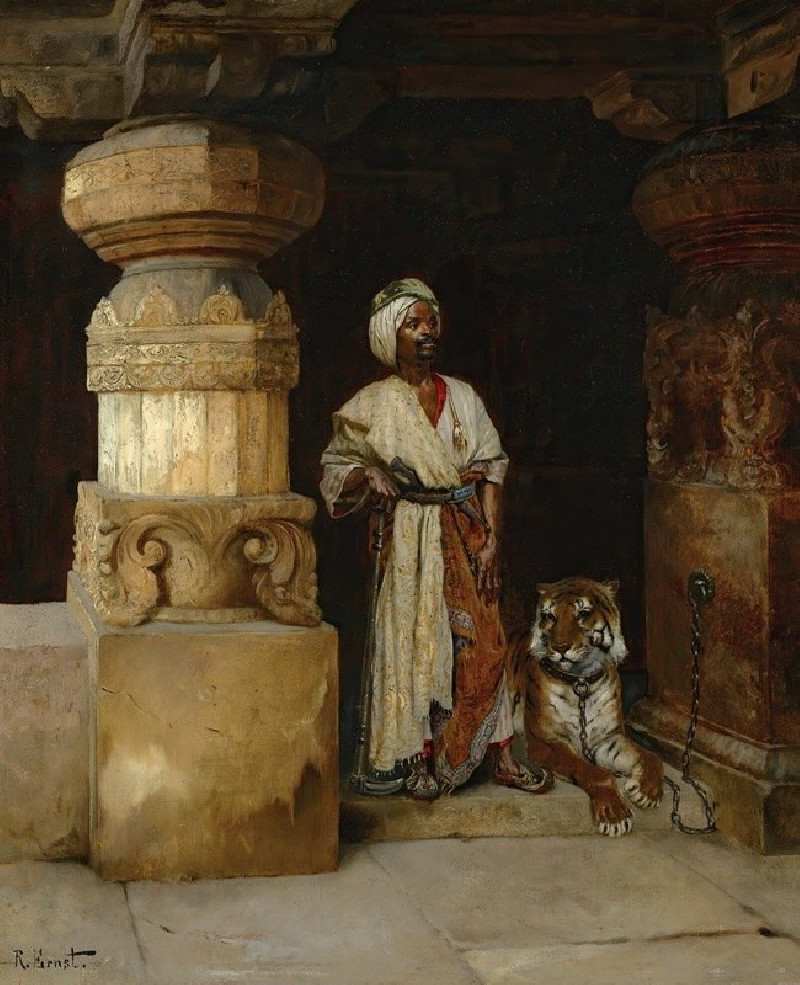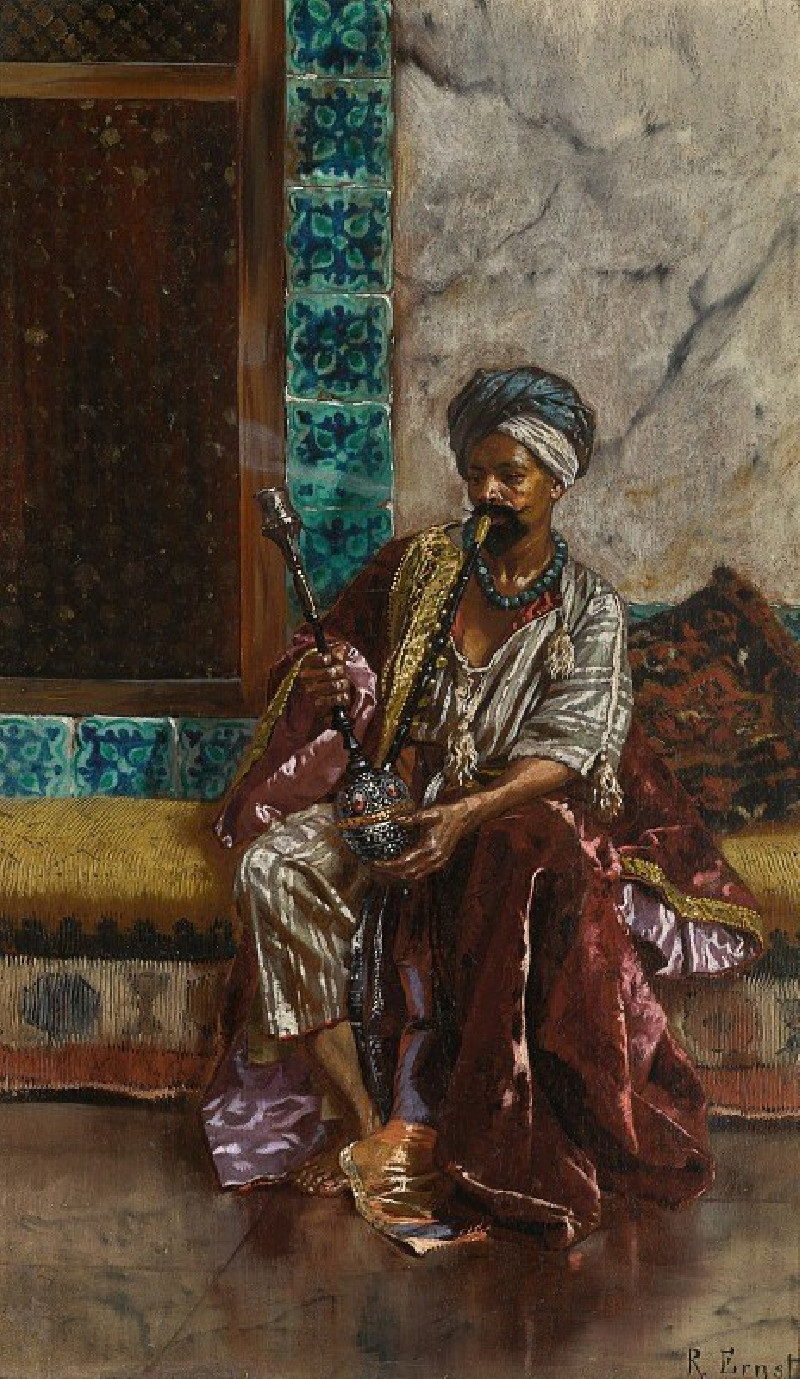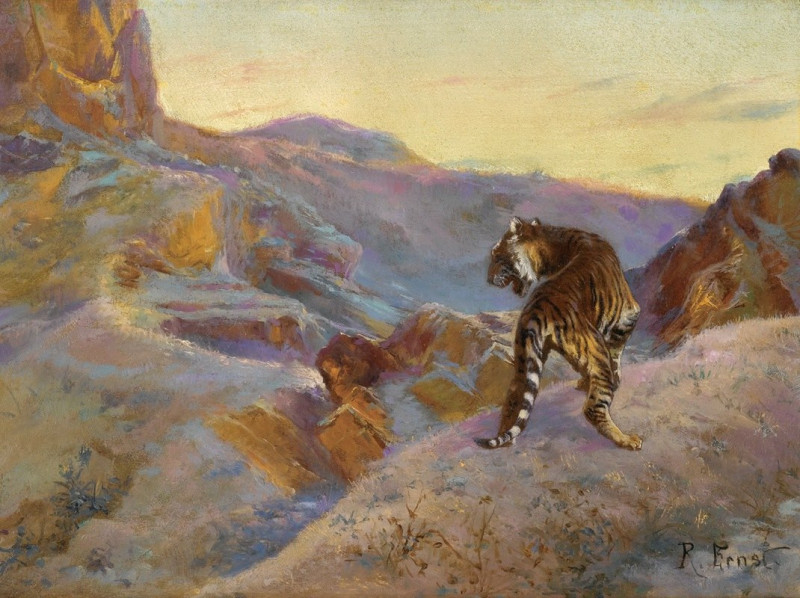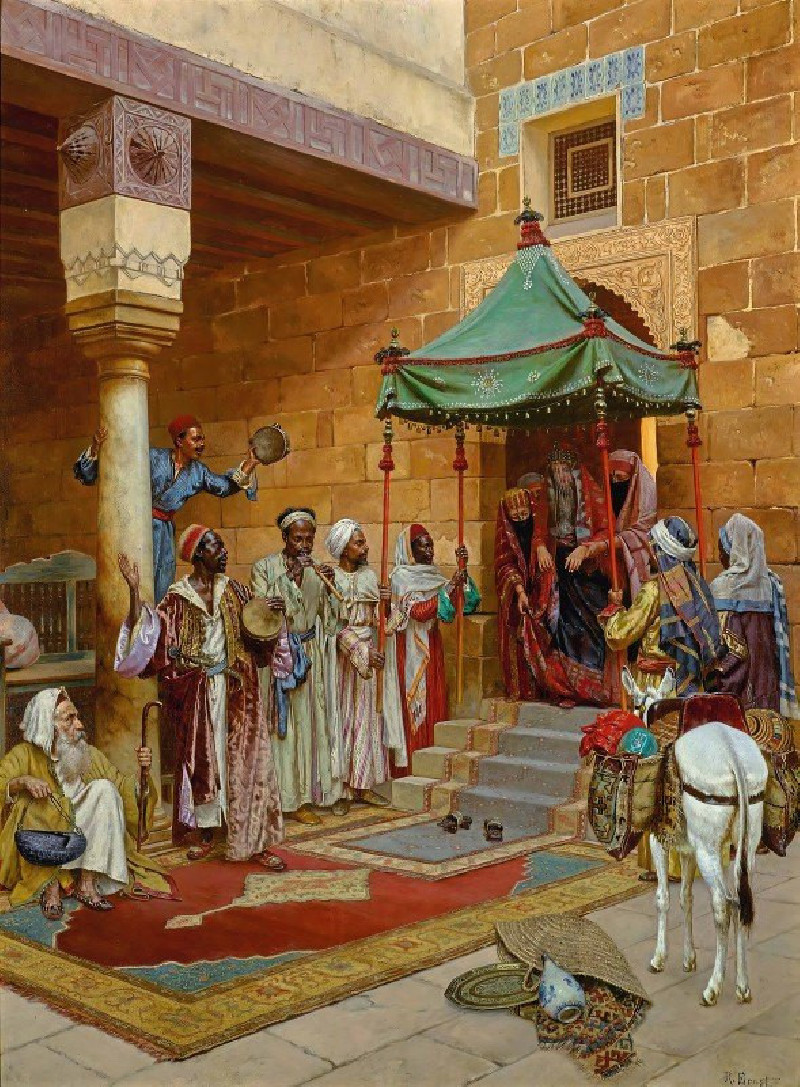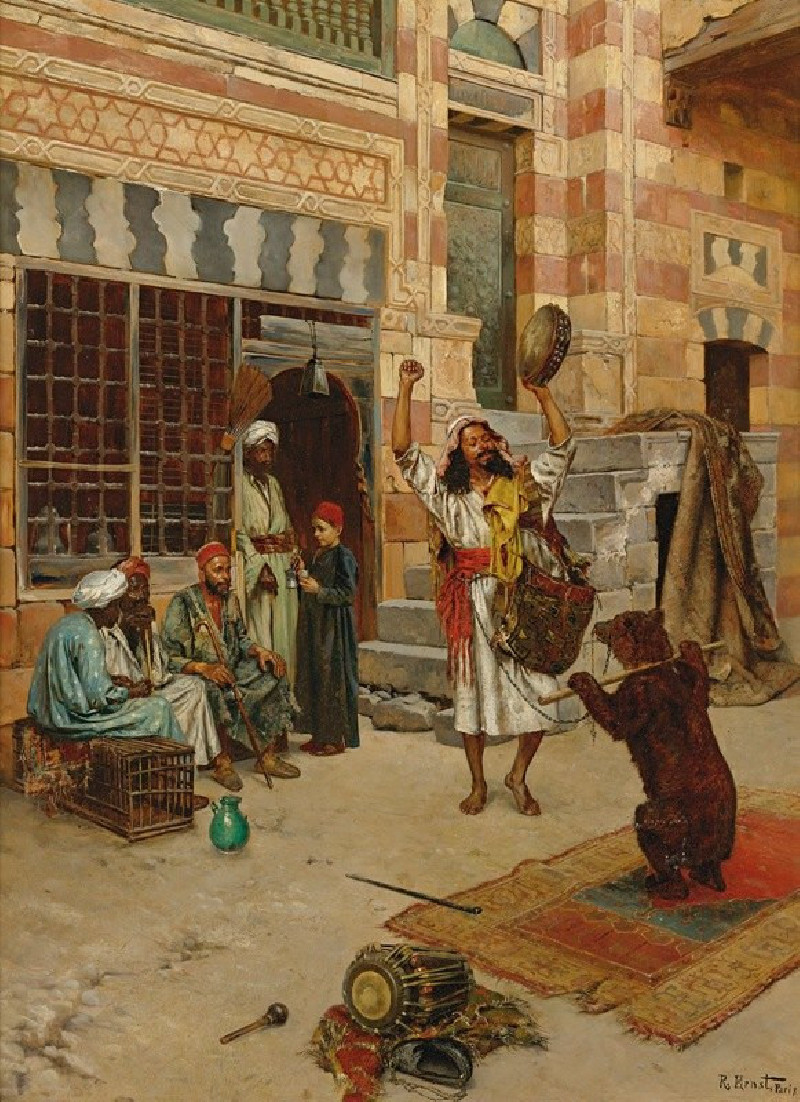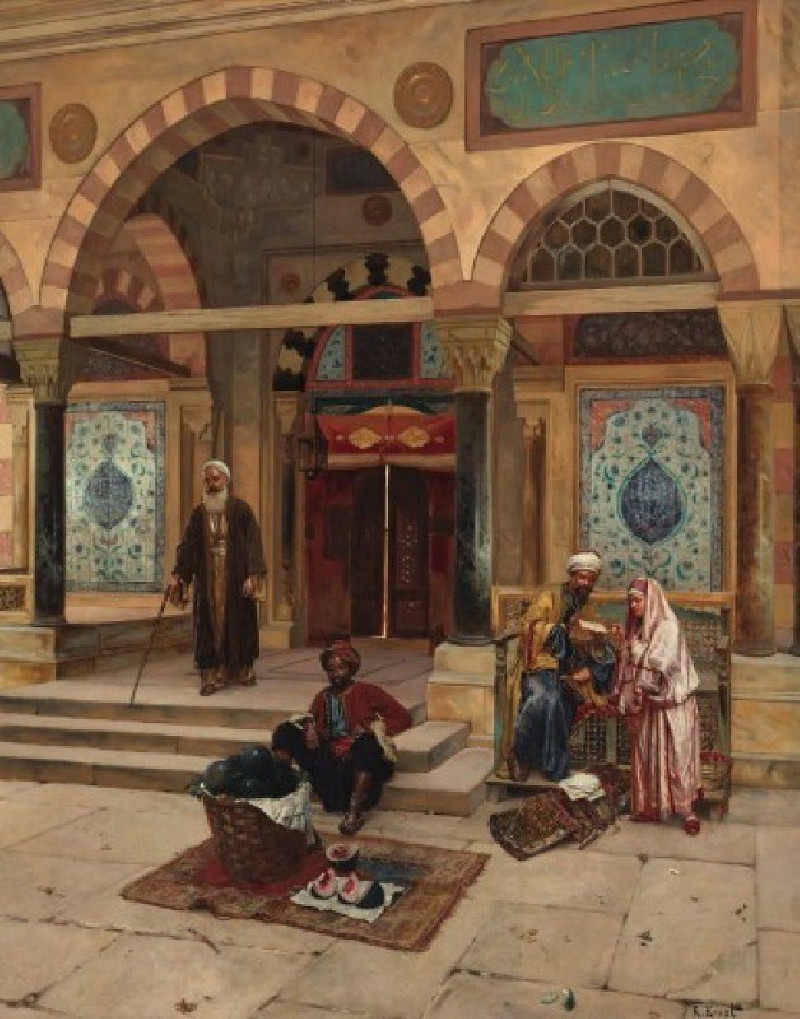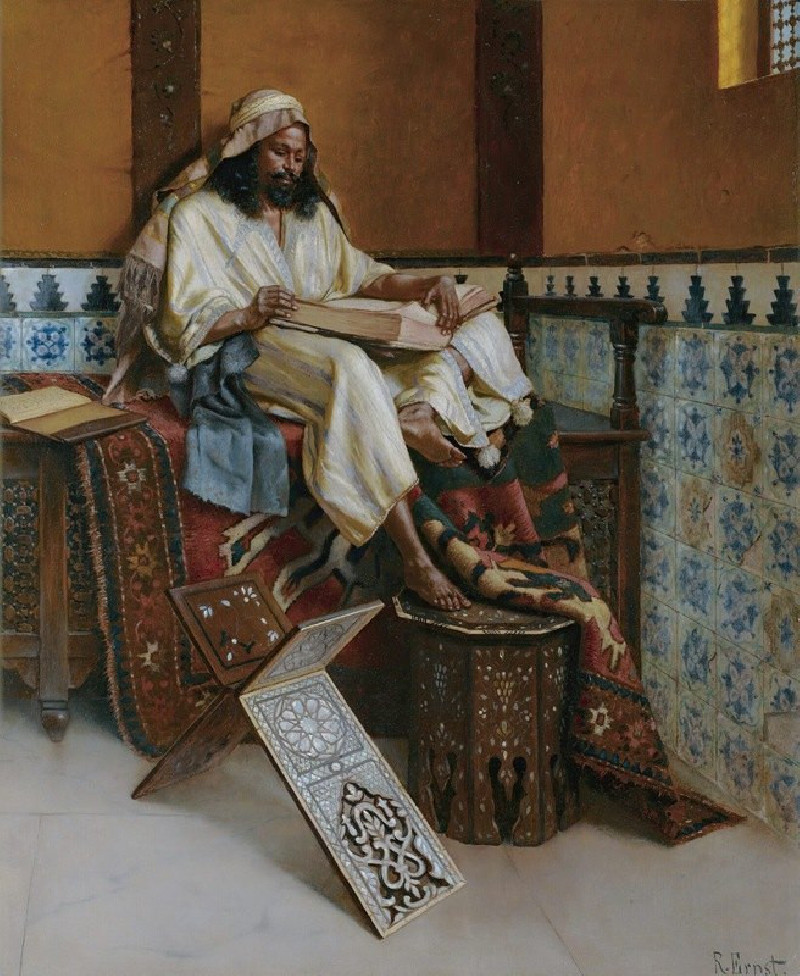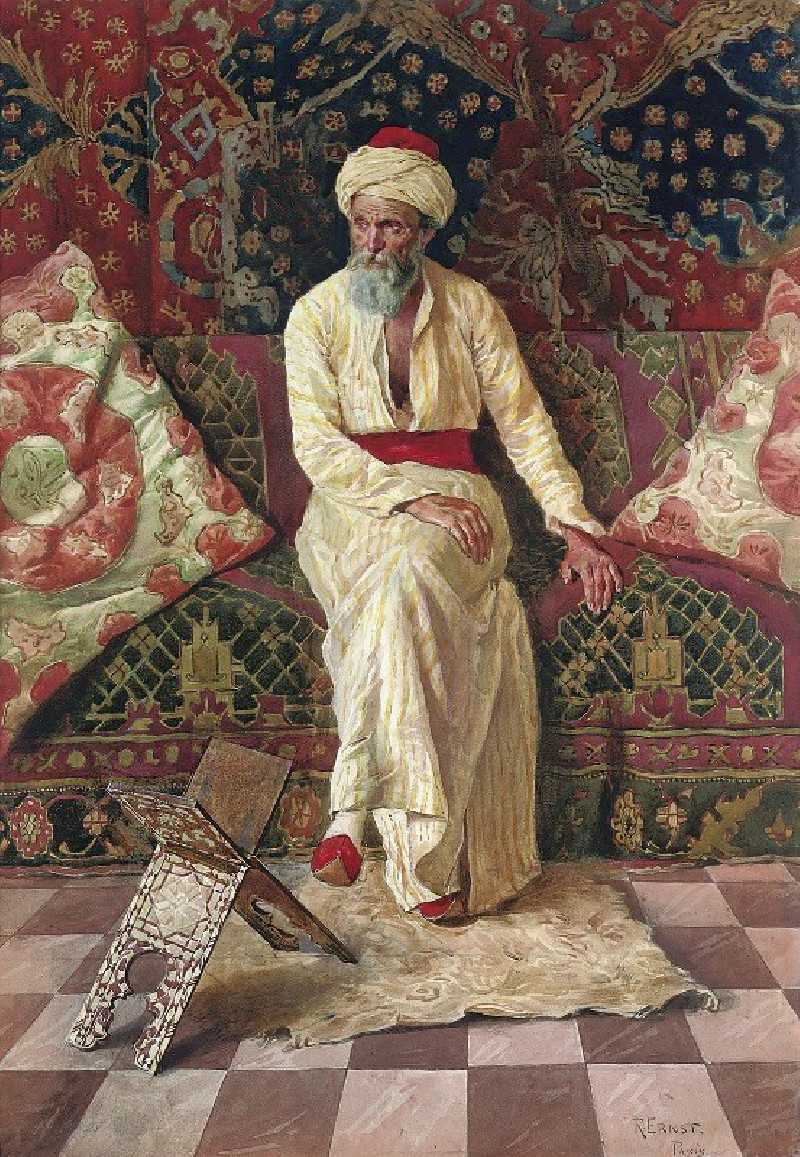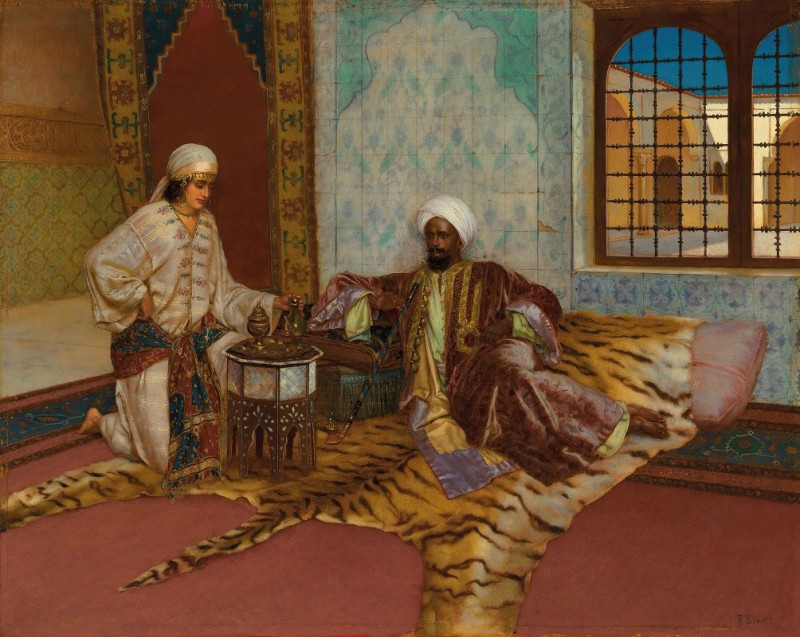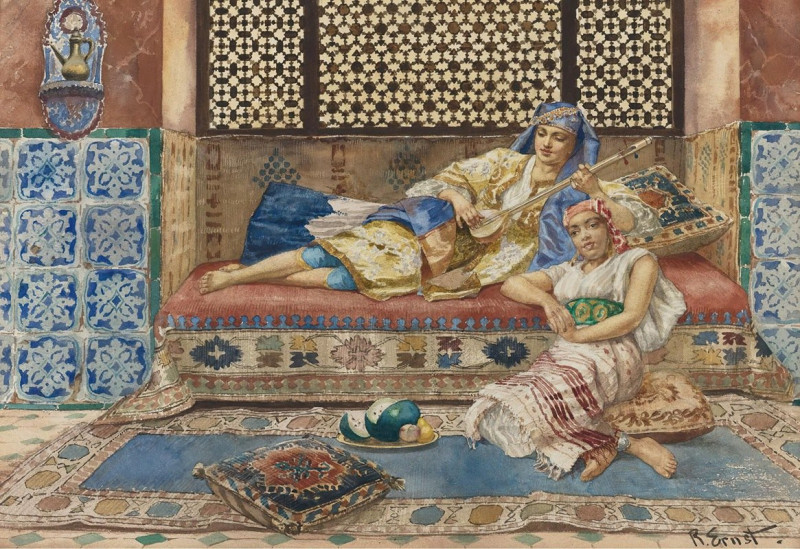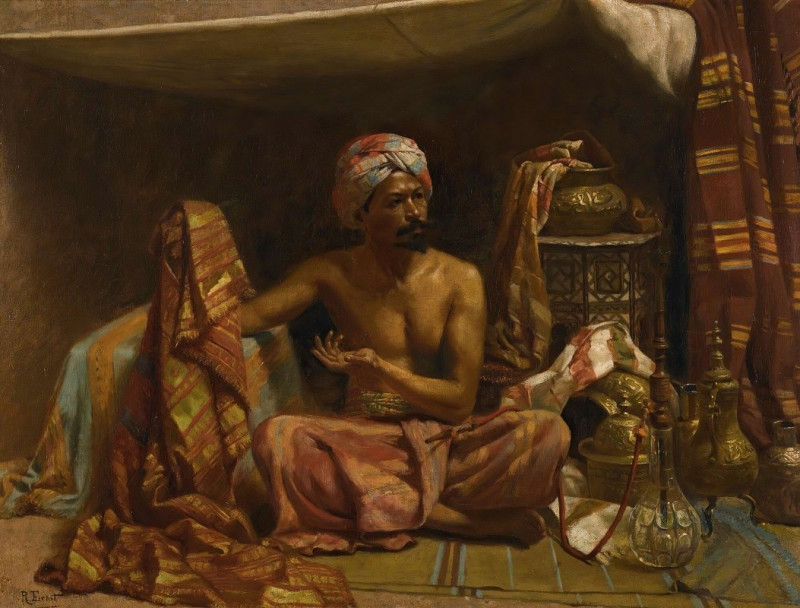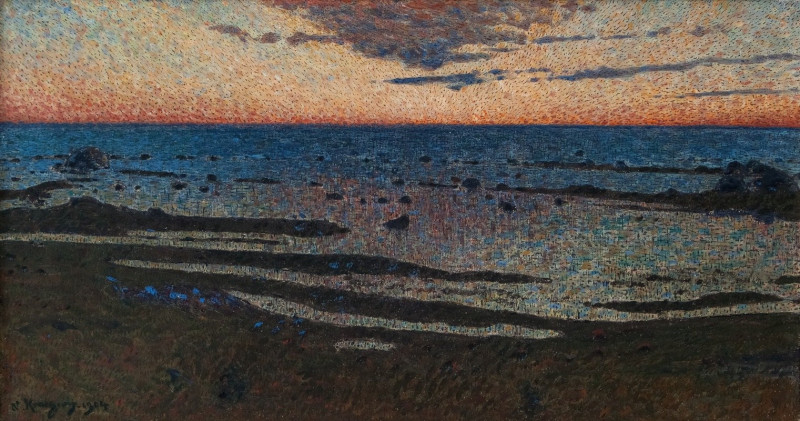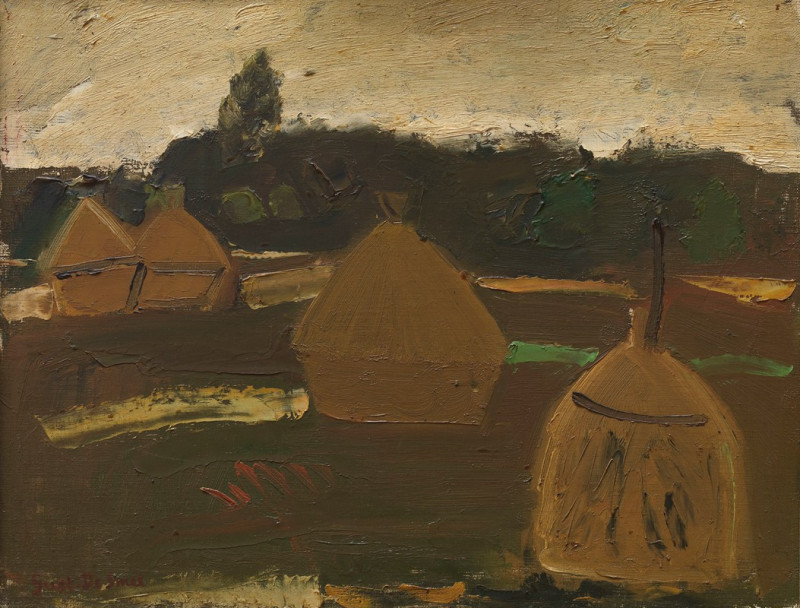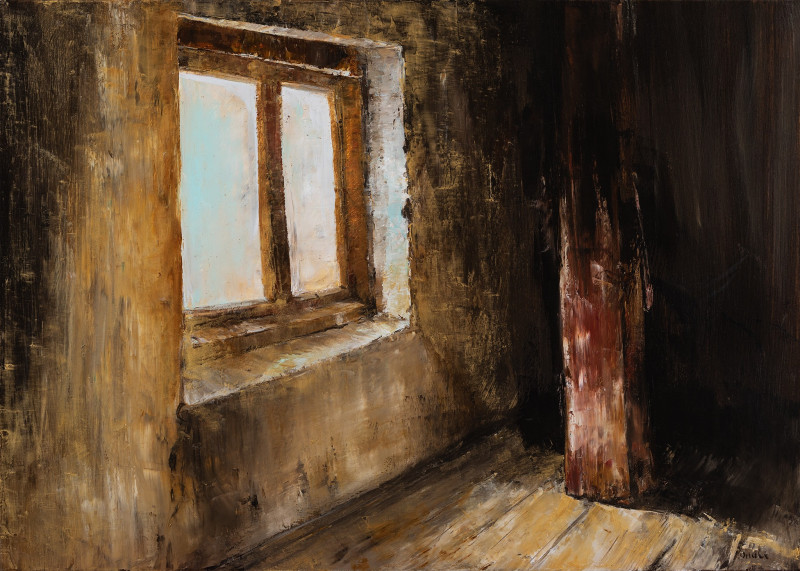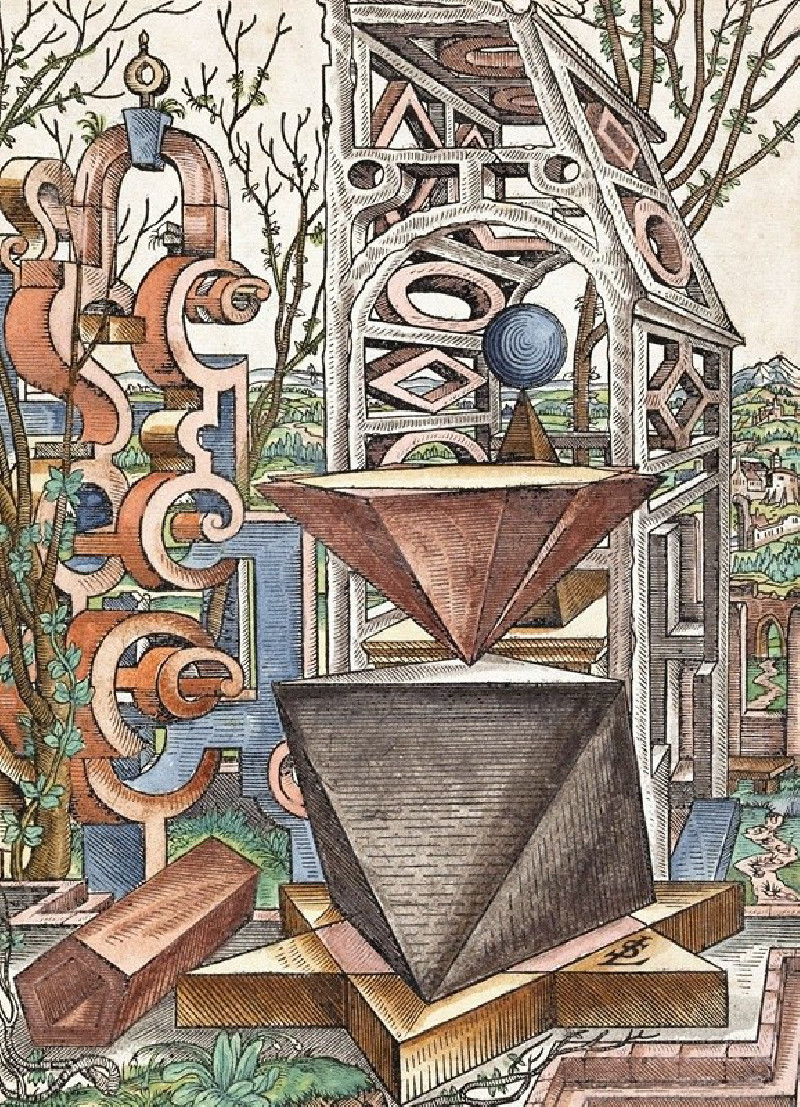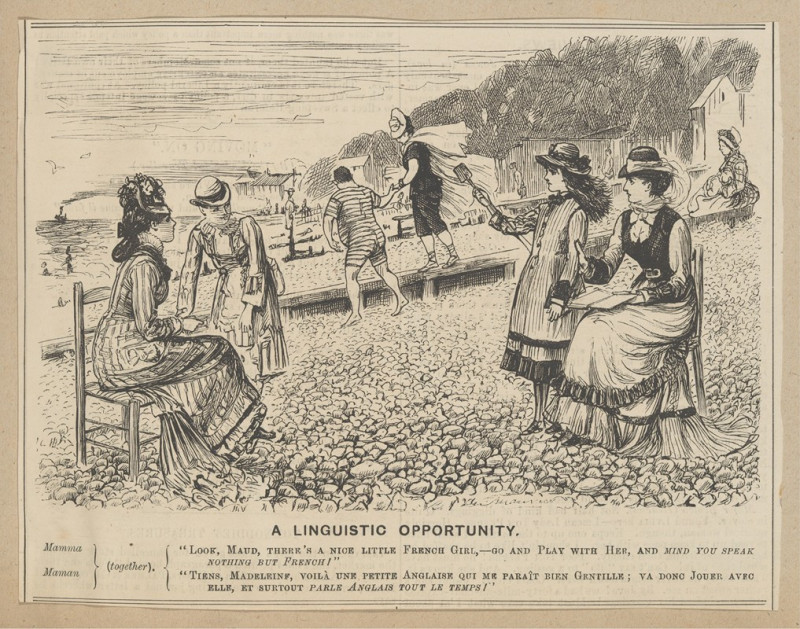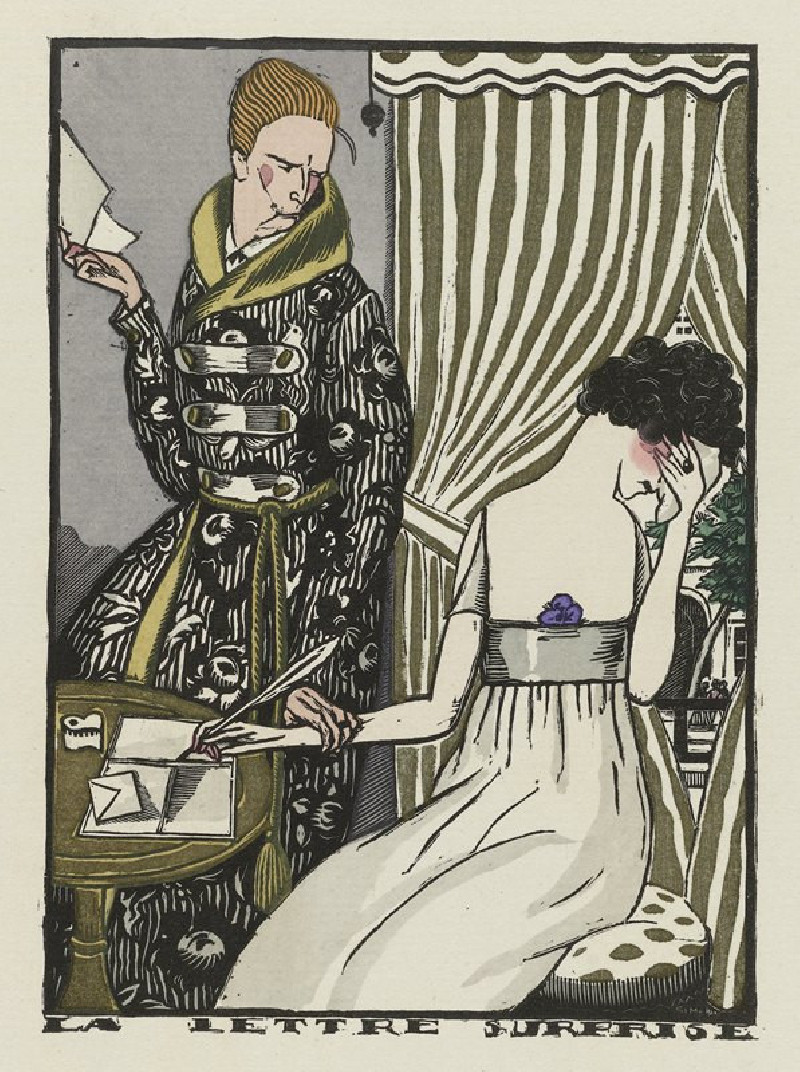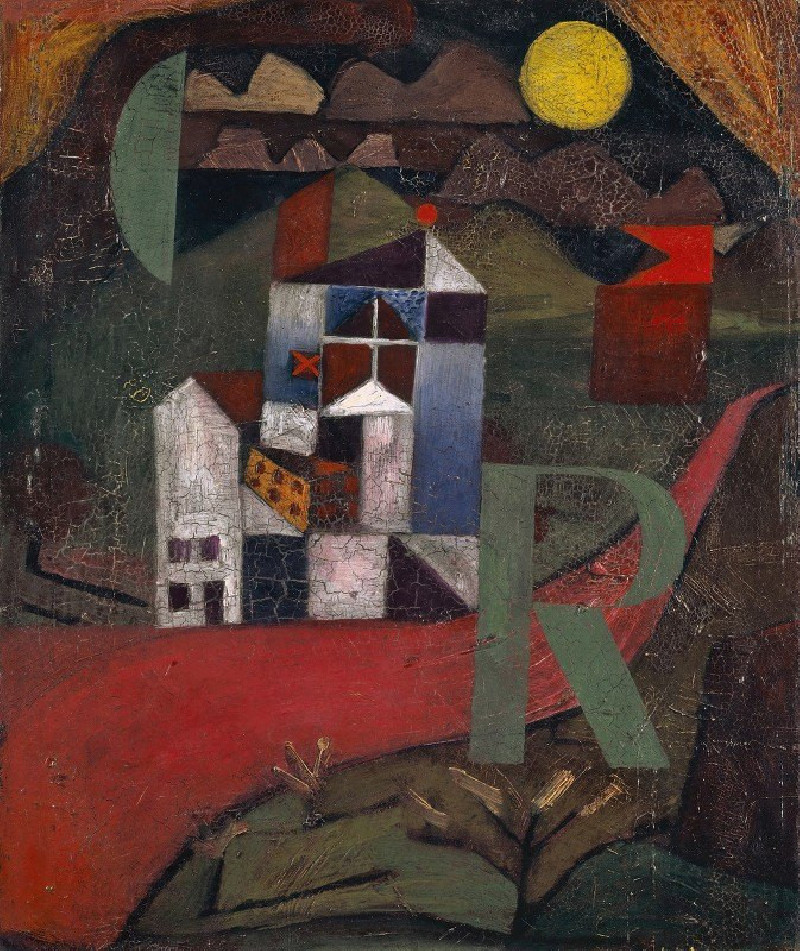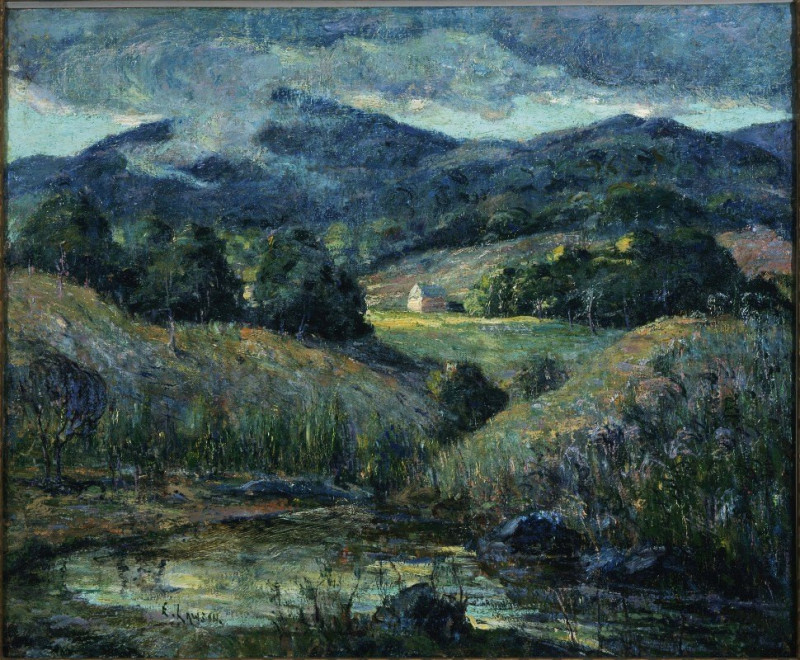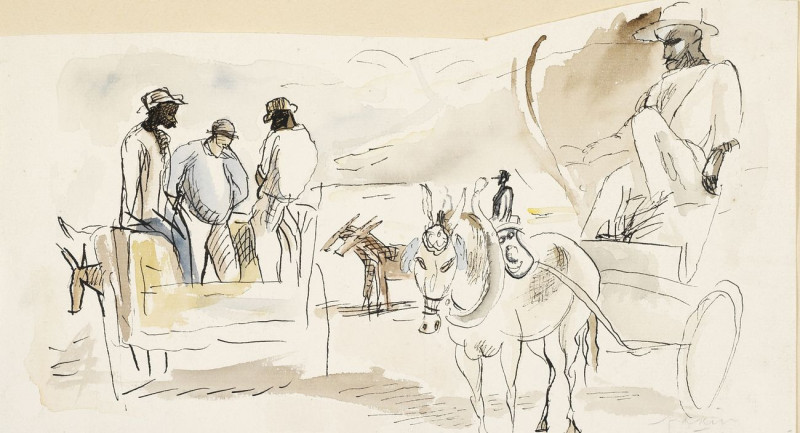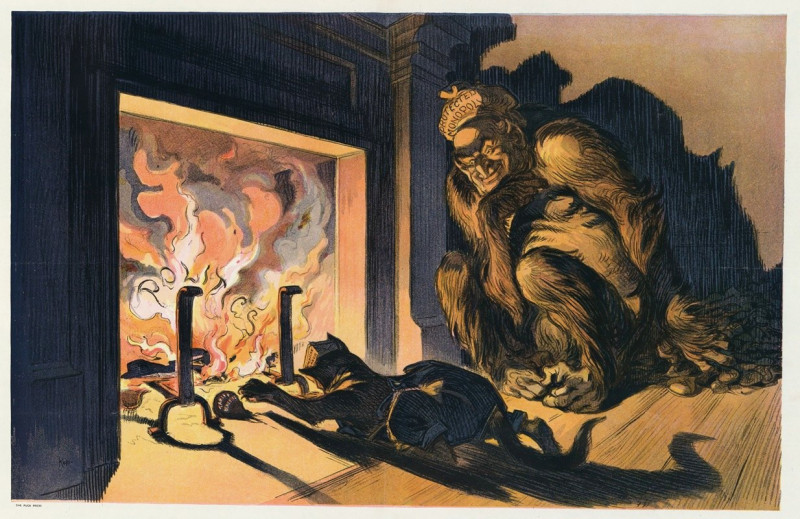Taking Tea In The Harem
Technique: Giclée quality print
Recommended by our customers
More about this artwork
"Taking Tea in the Harem," an exquisite painting by the celebrated artist Rudolf Ernst, captivates viewers with its detailed depiction of a quiet and intimate moment within the confines of a harem. This artwork, steeped in the Orientalist tradition, showcases Ernst’s fascination with the vibrant cultures and lifestyles of the East, which he portrayed through his masterful use of color and attention to fine details.The scene unfolds in an ornately decorated room, rich in color and texture, capturing the luxurious essence of an Eastern interior. Two women, adorned in traditional and richly patterned garments, are the main subjects of this artwork. One woman, reclining comfortably on a plush divan, appears relaxed and slightly detached, her attention caught perhaps by a distant thought or the serene environment she inhabits. The other, standing gracefully, holds a tray with a teapot and cups, seemingly preparing to serve tea.The room is filled with an elaborate array of textiles, from the detailed patterns on the carpets and pillows to the intricate designs adorning the walls and the flowing drapery. These elements not only add to the authenticity and atmospheric depth of the painting but also reflect the artist's keen eye for replicating intricate patterns and vibrant textures that characterize Eastern decor."Taking Tea in the Harem" is more than just a visual exploration; it is a doorway to the world of the past, imagined through the lens of Western fascination with the exotic East. It invites viewers to ponder the lives of its subjects and the quiet moments of beauty in the everyday, encapsulated forever by Ernst's skillful brushwork.
Delivery
Returns
Rudolf Ernst was an Austro-French painter, printmaker and ceramics painter who is best known for his orientalist motifs. He exhibited in Paris under the name "Rodolphe Ernst".
He was the son of the architect Leopold Ernst and, encouraged by his father, began studies at the Academy of Fine Arts Vienna at the age of fifteen. He spent some time in Rome, copying the old masters, and continued his lessons in Vienna with August Eisenmenger and Anselm Feuerbach.

